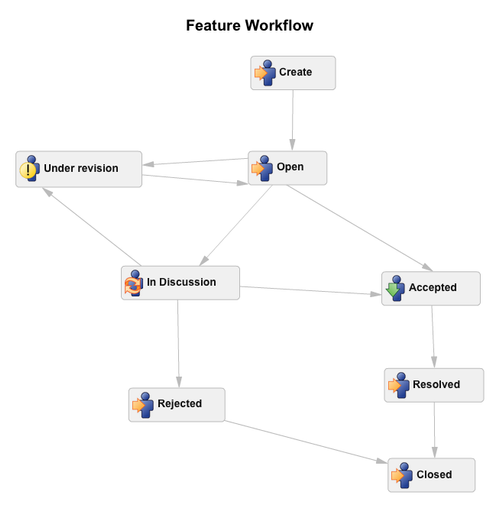Call for features
This is a draft. We have not started the call yet ![]()
In academic contexts you may have heard of the term "Call for papers". Well, we have decided to do something that sounds similar: a Call for features!
What exactly is this call for features?
We want all of you to share your ideas with us, your wishes, experiences and dreams about the features of a perfect online game database. All your entries will be collected, discussed (tell us why you want it!) and finally accepted or rejected by the community - this means everybody who wants to help us. Remember, we are an open project.
Since we are currently starting the core development of the code for our online game database, we will prioritize all accepted features and then - we will try to realize them!
How can you submit a feature request?
We collect the feature requests (and somewhere in the future: also bugs, etc) with Jira. Jira is an issue tracking software from Atlassian, which is free for open source projects like us.
So please click through jira.oregami.org and register as a new user. We will give you the rights to add new feature entries and there you go! ![]()
What should a feature request look like?
Well, that's a good question. The most important thing is, that you describe your idea as detailed as necessary, but also as short as possible. If needed, add a picture to the feature or a link to a website that already implemented it. A proper category will give us the possibility to group the features by that category. So that makes:
- a text that describes the feature
- a category (name in Jira: component)
- picture/screenshot file(s) (optional)
- link to other websites (optional)
What's the feature workflow?
After you send the feature in, it is "open". Someone of the "core oregami team" (that team can gladly be extended) will change the status to "In Discussion" and link the feature to a new (or existing) discussion thread in our forums. If the feature text is not comprehensible enough, you might have to revise it ("Under revision"). When the community has come to the conclusion that this feature is worth implementing, it becomes "Accepted". This way we will create a great list of features, which we hopefully can implement step by step.
